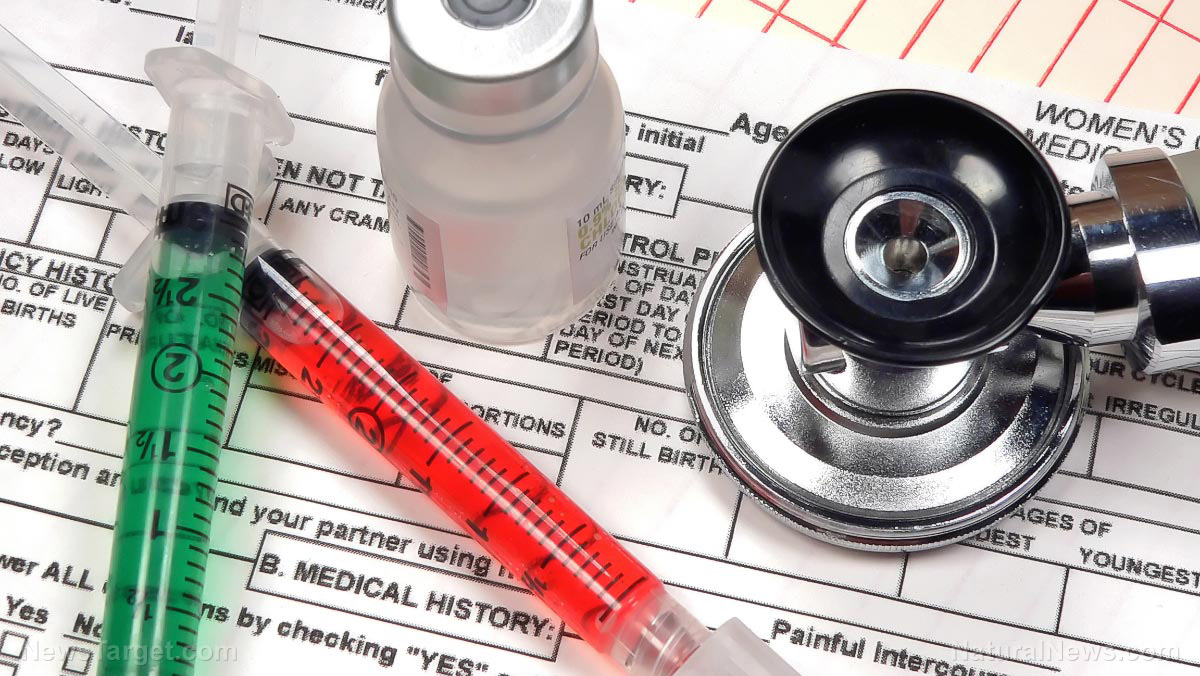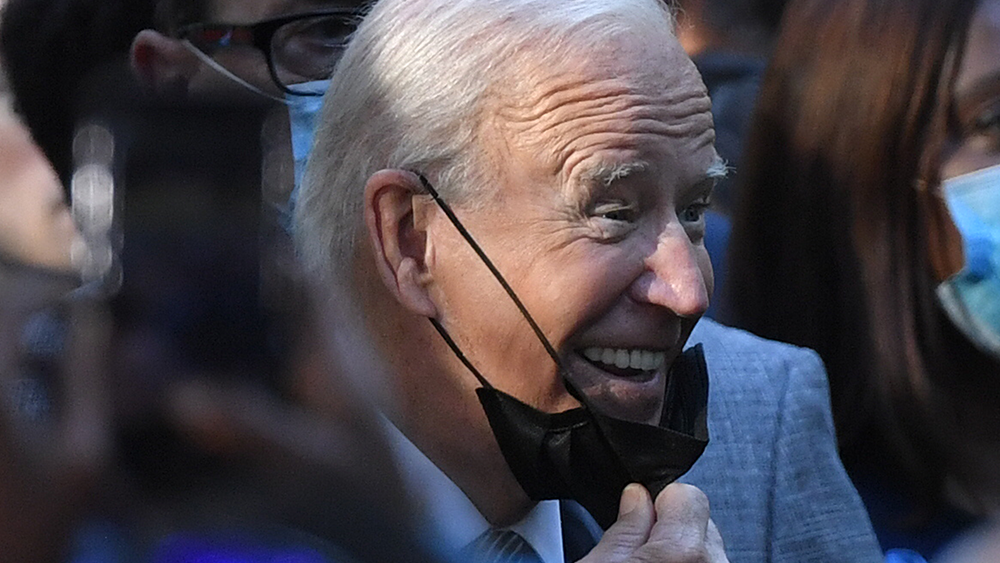Study: Americans who received Johnson & Johnson coronavirus vaccine have more than TRIPLE the risk of blood clots
11/05/2021 / By Zoey Sky

A study published in the journal JAMA Internal Medicine found that Americans who received Johnson & Johnson’s (J&J) Wuhan coronavirus (COVID-19) vaccine have a higher risk of developing blood clotting conditions than the general population. Findings showed that women are also more likely to develop blood clotting.
For the study, scientists from the Mayo Clinic in Rochester, Minnesota, compared data from the general population before the pandemic to data gathered from reported vaccine side effects experienced by American citizens after inoculation.
Findings revealed that those given the J&J COVID-19 vaccine was at least 3.5 times as likely to develop brain blood clots compared to an average person before the pandemic.
Cerebral venous sinus thrombosis and stroke risk
Blood clotting, particularly cerebral venous sinus thrombosis (CVST), is a common side effect of the J&J COVID-19 vaccine. But despite the health risks of the J&J COVID-19 vaccine, the scientists claim that the risk is rare and that the findings should still be considered in the context of the effectiveness of the vaccine in preventing severe cases of the infectious disease.
For the study, the scientists harvested data from Olmstead County, Minnesota, which had a population of at least 158,000 people and is located 90 miles southeast of Minneapolis. The data gathered was from 2001 to 2015. During the 14-year period, there were 39 residents who developed CVST, a rare and potentially deadly blood clotting condition that can form in the brain.
The research team also used the Centers for Disease Control and Prevention’s Vaccine Adverse Event Reporting System (VAERS) to find diagnoses of blood clots in people who were given the J&J COVID-19 vaccine between the vaccine’s approval date at the end of February to May 7.
Out of the 39 Olmstead County residents with CVST, 29 had a risk factor within the 92 days proceeding development of the blood clot like active cancer, infection or oral contraceptives (only in women).
After the data was adjusted for the population, the researchers reported that there were 2.46 cases of CVST out of every 100,000 person-years in Olmstead County residents who developed blood clotting during that period. In studies, person-years take into account both the number of people in the study and the amount of time they spend in the study.
A person develops CVST when a blood clot forms in their brain’s venous sinuses. This then prevents blood from draining out of the brain. This means blood cells can break, causing blood to leak into the brain tissues, forming a hemorrhage.
This chain of events is part of a stroke that may occur in adults and children, and even in newborns and babies still in the womb. CVST is also called cerebral sinovenous thrombosis.
Symptoms of the condition may vary, depending on the location of the thrombus. Some physical symptoms of CVST include:
- Blurred vision
- Headache
- Loss of control over movement in parts of the body
- Seizures
- Fainting or loss of consciousness
- Coma
Women are more likely to develop CVST after vaccination
An estimated 8.7 million doses of the J&J COVID-19 vaccine were administered in the U.S. from February to May. The research team found 46 reports of CVST submitted to VAERS after receiving the J&J COVID-19 vaccine. However, eight reports were removed from the pool because some were either duplicate reports or were not professionally diagnosed.
Overall, the scientists identified 38 cases of CVST linked to the J&J COVID-19 vaccine, with more than 70 percent of the cases occurring among women. When adjusted for population, results showed that there were 8.65 cases out of every 100,000 person-years among people who received the vaccine, which is 3.5 times higher than the general population.
Additionally, the study revealed that vaccine recipients have a higher risk of developing CVST within the first 15 days after receiving the J&J COVID-19 vaccine. Women aged 30 to 64 had a higher risk of CVST following inoculation.
This isn’t the first time that the J&J COVID-19 vaccine was linked to blood clotting risk among inoculated people.
On April 13, 2021, the Food and Drug Administration suspended the emergency use authorization of the J&J COVID-19 vaccine after six women developed blood clotting following vaccination. Records suggest all of the women had pre-existing conditions that put them at an increased risk of developing the clots. (Related: Massachusetts State Police officer taken to the ICU after receiving Johnson & Johnson coronavirus vaccine.)
On April 23, the usage of the vaccine was resumed. However, the company issued a warning to women under the age of 50 about the blood clotting risk. It’s no wonder that the J&J COVID-19 vaccine is the least popular of the three coronavirus vaccines available in America.
Visit Vaccines.news for more information about the adverse effects of different COVID-19 vaccines.
Sources include:
Tagged Under: big government, Big Pharma, brain health, cerebral venous sinus thrombosis, coronavirus vaccine, COVID, CVST, Johnson & Johnson, pandemic, pharmaceutical fraud, stroke, vaccine injury, Wuhan coronavirus
RECENT NEWS & ARTICLES
COPYRIGHT © 2017 IMMUNIZATION NEWS




















